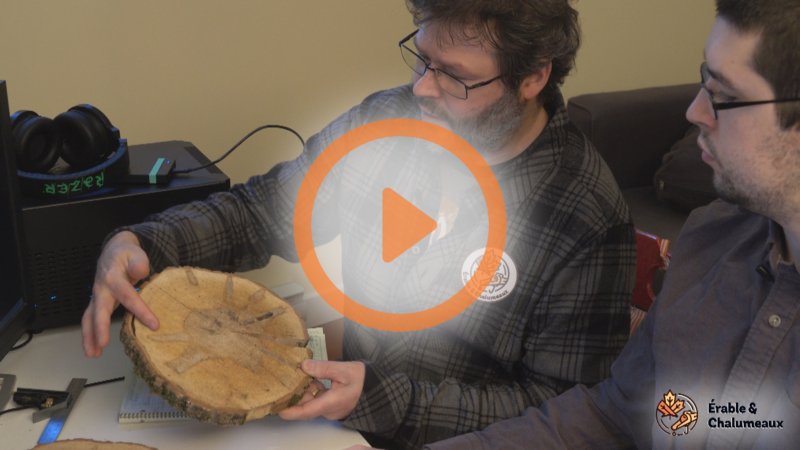parhamr
Omono
Do you mean you let them bleed and go along without concern? Or do you mean you do not see bleeding on your maples?Bleeding has never been a problem for me. I am cautious about other things but not this one.
Do you mean you let them bleed and go along without concern? Or do you mean you do not see bleeding on your maples?Bleeding has never been a problem for me. I am cautious about other things but not this one.


I can’t argue the point one way, or the other, since my experience with maples is just beginning, but it just seems logical that if a tree is bleeding water and sugar, it is losing resources it could otherwise use. If nothing else, in my desert climate, I wouldn’t be thrilled about the water loss. Peter Warren doesn’t allow them to bleed, though it seems many others do. To turn the question around, would you explain why it’s not scary? Is there more than empirical evidence that it’s not harmful?Egad! It is just a bit of stem pressure. Let it bleed.
The worst that can happen is that there will be a little sugary mess on the outside of the tree and that will readily wash off.
Please explain why this is SO SCARY!!!

And @Canada Bonsai bleeding on my trees has made for a gummy mess on the trunks. It leaves me with shit to clean up later. Bleeding has also been concurrent to some bacterial infections, so I’ve planned to avoid the overlap of open maple wounds with periods of active fungal and bacterial spores.Egad! It is just a bit of stem pressure. Let it bleed.
The worst that can happen is that there will be a little sugary mess on the outside of the tree and that will readily wash off.
Please explain why this is SO SCARY!!!

Is there more than empirical evidence that it’s not harmful?
Do you mean you let them bleed and go along without concern? Or do you mean you do not see bleeding on your maples?
I can’t argue the point one way, or the other, since my experience with maples is just beginning, but it just seems logical that if a tree is bleeding water and sugar, it is losing resources it could otherwise use. If nothing else, in my desert climate, I wouldn’t be thrilled about the water loss. Peter Warren doesn’t allow them to bleed, though it seems many others do. To turn the question around, would you explain why it’s not scary? Is there more than empirical evidence that it’s not harmful?
And @Canada Bonsai bleeding on my trees has made for a gummy mess on the trunks. It leaves me with shit to clean up later. Bleeding has also been concurrent to some bacterial infections, so I’ve planned to avoid the overlap of open maple wounds with periods of active fungal and bacterial spores.
It’s just in the sweet spot for this climate to have a lot of infectious issues at this time.
I’ll listen to the latest podcast. Thanks!
I always wonder why people who have had no bad experience with bleeding are so adamant about it being no issue.Egad! It is just a bit of stem pressure. Let it bleed.
The worst that can happen is that there will be a little sugary mess on the outside of the tree and that will readily wash off.
Please explain why this is SO SCARY!!!

I did a hard prune on a crusader hawthorn in early spring.

What is the grand vision you have for this maple?View attachment 435174
This year it looks ready for some heavy structural reduction on that first, lowest branch that is straight for too long. I think the whole thing is coming off, but in stages.
An informal upright or broom with a generally naturalistic branch structure — upward growing and sophisticated in complexity, but with enough artistic balance, spacing, and visual consistency as to make a pleasing form. Post 34 in this thread has the best front. I am targeting a chuhin size. Over time it may eventually become a larger tree.What is the grand vision you have for this maple?
